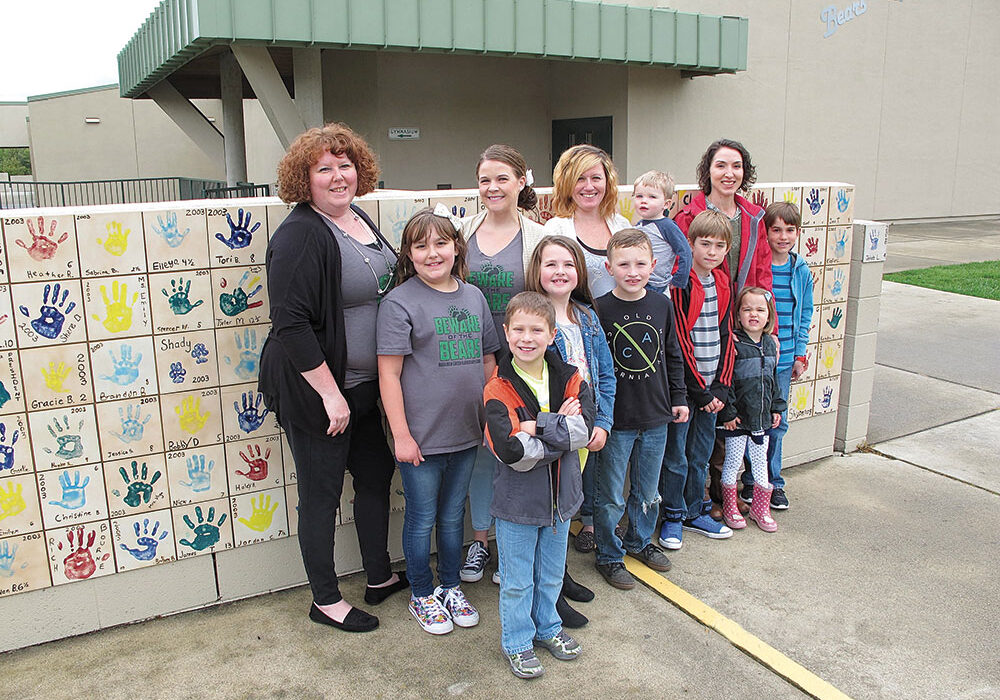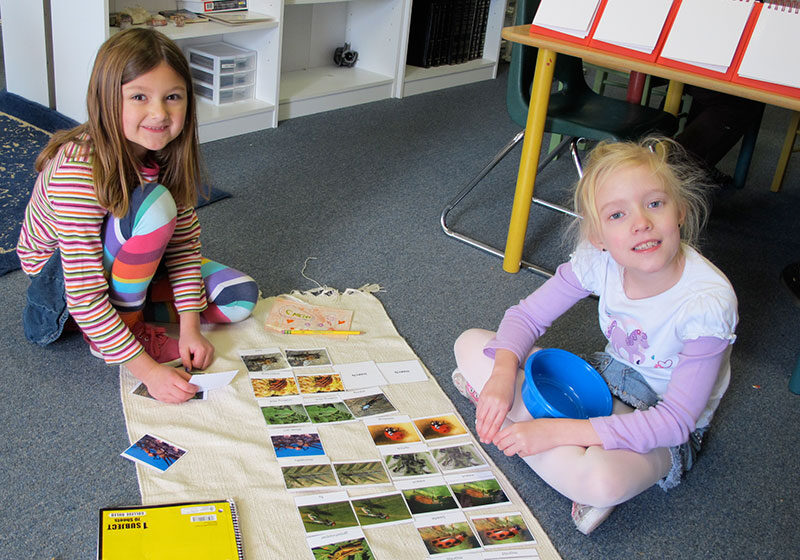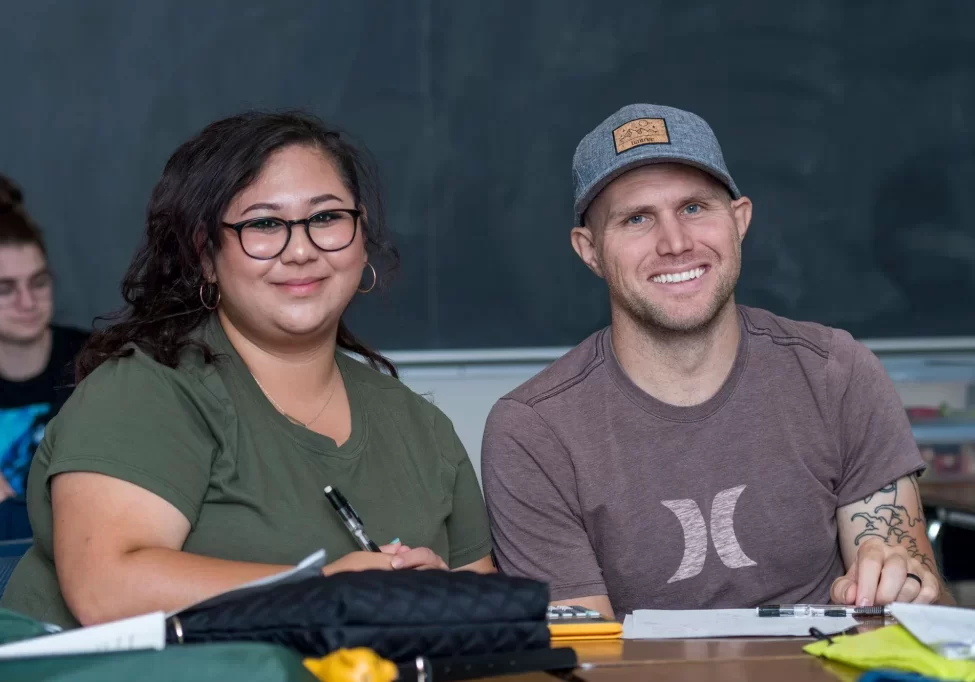A meeting between you and your child’s teacher can be a powerful tool for helping your child succeed in school. Whether scheduled by the school, requested by you, or suggested by the teacher, such a meeting gives you a platform to learn about your child and to assert her needs. Follow these nine guidelines for more productive (and even enjoyable) parent-teacher conferences.
1. Have a Goal in Mind. You or the teacher may have initiated the meeting. Either way, you should consider what you hope to accomplish. Ask yourself ahead of time what a successful outcome for you would be, then plan and work toward that goal.
2. Come Prepared. Write down your questions ahead of time. Bring samples of your child’s work that demonstrate problem areas and/or strengths. Keep track of problem behaviors at home that may be repeating themselves in the classroom.
3. Listen! Then Respond. Let the teacher speak first, and listen carefully. Take notes on points for which you need clarification or with which you disagree. Respond to the teacher’s concerns, then introduce topics you want to cover.
4. Ask For Specifics. What is the particular behavior the teacher is complaining about? At what times and how frequently is it occurring? Ask what an acceptable behavior would look like.
5. Request Special Services. Many services are available for children with special needs. Ask for an evaluation if you suspect your child has a learning disability.
6. Be Firm, but Don’t Threaten. You have a right to assert your point of view, but do so with respect and courtesy. Most teachers care about your child’s success. Politely ask to bring the principal into the discussion if you want, but don’t raise your voice or threaten to have the teacher fired. Being nasty will only distract from your point of view and make it harder to work with the school in the long run.
7. Avoid Discussion of Other Children. Teachers have legal and ethical reasons why they can’t discuss other children. Information about your child should be kept confidential as well. Respect these practices for everyone’s benefit.
8. Be Willing to Follow Up. Let the teacher know you are willing to help your child at home if necessary. Ask what you can do at home to supplement what is going on in the classroom, then do it.
9. Ask for More Time if Needed. You are entitled to a full discussion and understanding of your child’s progress at school. If the teacher can’t continue right then, set up another appointment at a convenient time.
Welcome the chance to confer with your child’s teacher, whether your child is having problems or not. You and the teacher can help each other to provide the best educational experience possible. Children learn best when home and school are in agreement on expectations and goals.
Posted in: Education
Comment Policy: All viewpoints are welcome, but comments should remain relevant. Personal attacks, profanity, and aggressive behavior are not allowed. No spam, advertising, or promoting of products/services. Please, only use your real name and limit the amount of links submitted in your comment.
You Might Also Like...

Parent Clubs: The importance of Parent Involvement in Schools
When people think of public school parent clubs, they often picture a group of parents getting together to plan how to fundraise for school supplies, trips and other expenses. However, […]

A Key to Your Kids’ School Success: According to Science, This Could Be One
These days we’re obsessed with success – particularly big book smarts, AP classes, higher education, and a preoccupation with straight As. But piling on the homework and study time doesn’t […]

Copernicus Tutoring
Shasta High School Seniors Offer Free Tutoring For Peers Over the summer, Lily and Leah created a tutor application process, built a website, and recruited tutors for the Zoom-based program. […]

Montessori in the North State
A revolutionary idea was brought to the United States in 1915 by Dr. Maria Montessori, who said that a classroom can be set up to recognize each child’s developmental rhythm. […]




